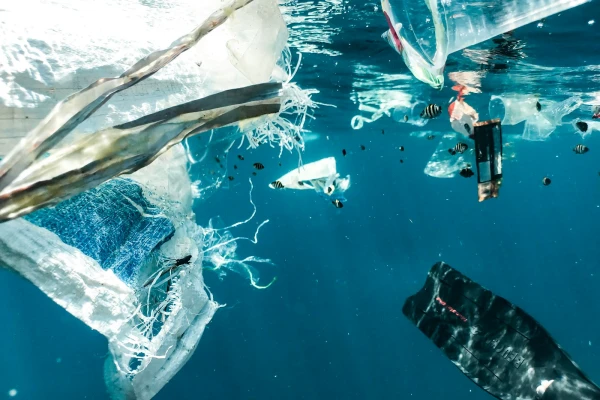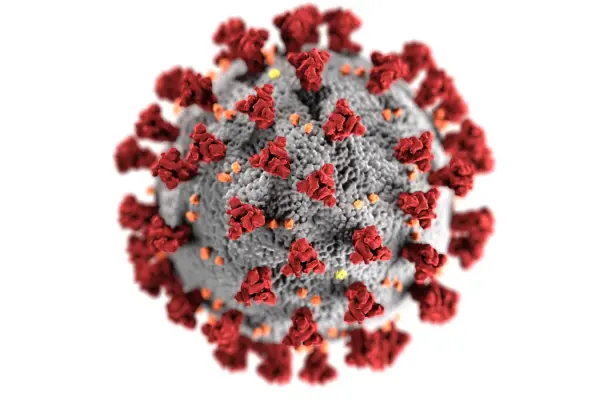In early June 2025, the latest satellite imagery analyzed by an international space agency revealed that the Great Pacific Garbage Patch has seen its plastic density rise to 14.2 kilograms per square kilometer, marking a fivefold increase compared to seven years prior. The identified area now spans approximately 1.6 million square kilometers—equivalent to three times the size of France—making it the largest plastic accumulation zone on the planet.
This analysis employed high-resolution optical sensors alongside machine learning algorithms to map microplastic concentrations on the ocean's surface. The satellite imagery confirmed that centimeter-sized plastic fragments are proliferating faster than larger pieces, with particle density soaring from one million particles per square kilometer in 2015 to over ten million in 2022.
A study published in Environmental Research Letters in November 2024 corroborates these findings, indicating that newly formed microplastics in the northern Pacific Ocean’s eastern sector are nearly five times more abundant than they were a decade ago. Key drivers include ocean currents continuously transporting debris from the coastlines of North America, Asia, and Pacific Island nations, as well as major rivers such as the Yangtze and Mississippi funneling plastics from inland sources.
The precise location of the Plastic Patch lies between latitudes 32°N to 42°N and longitudes 135°W to 155°W. Seasonal patterns show winter and autumn in the northern hemisphere concentrating microplastics toward the gyre's center, while summer accelerates the spread of fine debris to surrounding areas.
Ecological impacts are increasingly evident. Pelagic fish, sea turtles, and seabirds are more frequently found entangled in or ingesting plastics resembling plankton. Various studies highlight declines in reproduction rates and disruptions in food chains linked to microplastic accumulation even in the ocean’s deepest layers. Marine ecology researchers at the University of California documented a 20% drop in plankton populations in adjacent zones over the past three years, strongly associated with rising microplastic levels.
Clean-up efforts have intensified accordingly. The nonprofit organization The Ocean Cleanup runs its System 03 platform to collect plastics in the gyre center, aiming to reduce the patch’s mass by 10% within two years. By 2024, more than 20 million kilograms of plastic have been removed. Nonetheless, scientists emphasize that without reducing plastic waste on land and enforcing stricter waste management policies, ocean cleanups alone will yield only temporary relief.
The United Nations and the June 2025 Pre-COP30 meeting in Bonn underscored the critical necessity for a global agreement targeting a 40% reduction in primary plastic production from 2025 through 2040. Pacific Island nations are urging technical aid and funding to implement source waste prevention programs, especially in vulnerable coastal regions.
According to the Food and Agriculture Organization, over 80% of marine litter originates from land-based sources, primarily poorly managed industrial and household waste. Current global recycling rates stagnate below 10%, leading most plastics to eventually enter rivers and oceans.
Economically, the growth of the Plastic Patch has disrupted navigation procedures and increased vessel maintenance costs. Maritime insurers report a rise in engine damage claims caused by plastic fibers clogging cooling systems in tankers and container ships. Concurrently, the tourism industries in Hawaii and the U.S. West Coast are ramping up campaigns promoting eco-friendly travel and regular beach cleanups.
Most experts agree that sustainable solutions must integrate satellite monitoring technology, land-based plastic emission regulations, and innovations in biodegradable alternative materials. These latest findings serve as a stark warning that urgent action to tackle plastic pollution is imperative before ecological and economic consequences become unmanageable.
Sources
- https://www.earthdata.nasa.gov/news/feature-articles/tracking-ocean-plastic-from-space
- https://www.earth.com/news/surging-plastic-levels-found-in-the-north-pacific-garbage-patch
- https://www.sciencealert.com/satellite-system-reveals-the-fluctuations-of-microplastics-around-the-world
- https://theoceancleanup.com/great-pacific-garbage-patch






